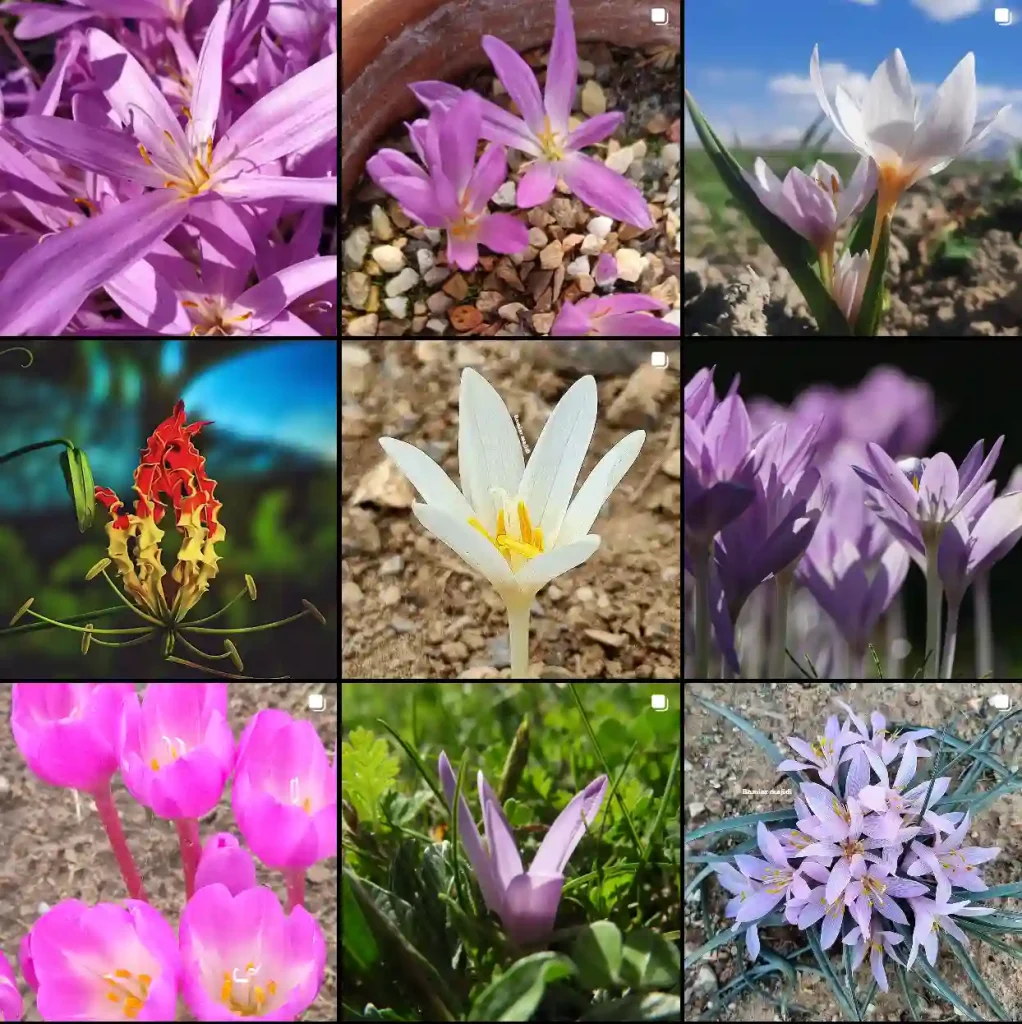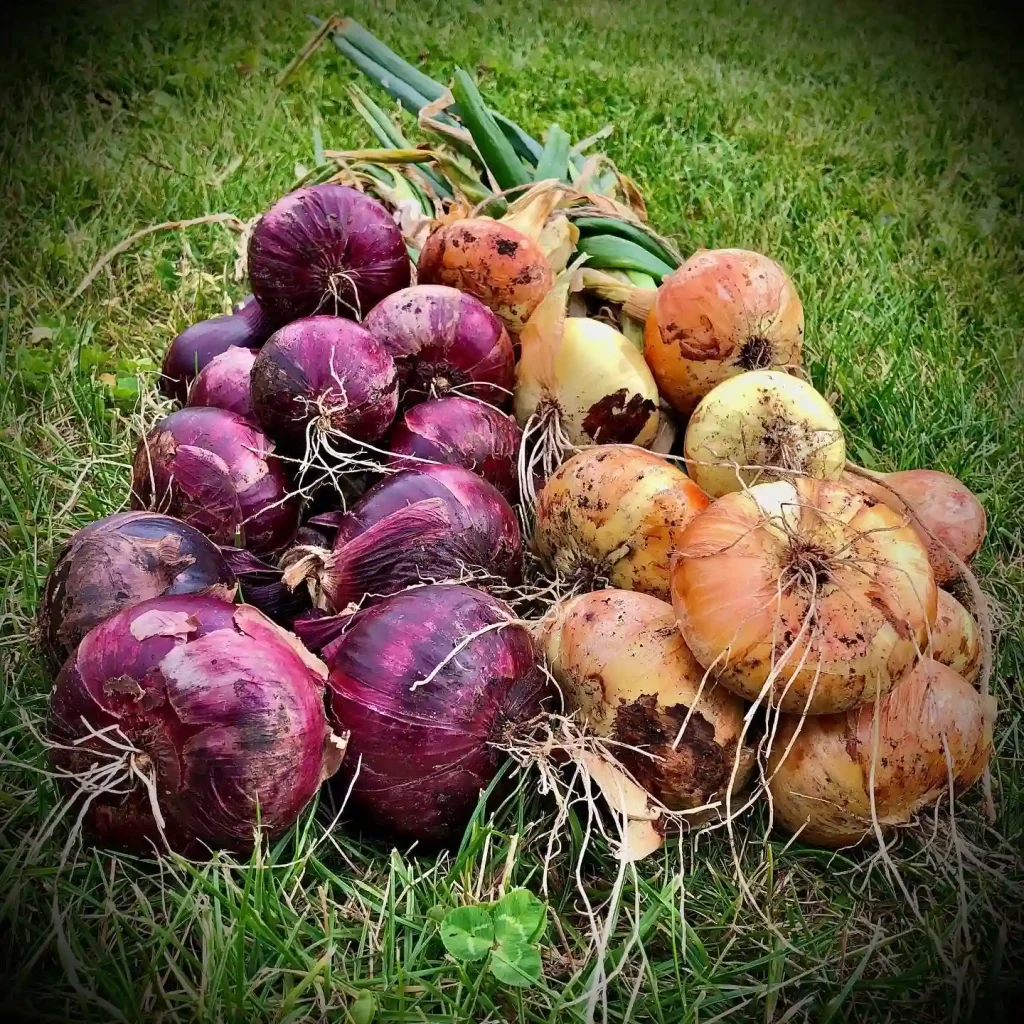Acer Pycnanthum: FAQs
Acer Pycnanthum, also known as Japanese Red Maple or Japanese Red-bud Maple, is a unique tree species with its striking seasonal colors and elegant shape. Over the years, I’ve had a lot of people ask about this tree, and I’d like to share what I’ve learned from my experience growing and caring for it. Here are the most common questions I’ve encountered about Acer Pycnanthum.
168 Species in Genus Acer – Maple Tree
What is Acer Pycnanthum?
Acer Pycnanthum is a deciduous tree native to Japan, often admired for its vibrant autumn foliage. In the spring and summer, its leaves are bright green, but as fall approaches, they turn fiery shades of red and orange. This tree typically grows up to 15-25 feet in height, making it a manageable size for residential landscapes. It thrives in temperate climates and is often compared to Acer rubrum (Red Maple) and Acer palmatum (Japanese Maple), though it has distinct characteristics that set it apart.
How to Care for Acer Pycnanthum?
Caring for Acer Pycnanthum isn’t too difficult if you follow a few basic rules. First, this tree prefers well-drained, slightly acidic soil. It doesn’t do well in soggy or overly dry conditions, so maintaining proper soil moisture is essential. I’ve found that adding a layer of mulch around the base helps retain moisture and regulates the soil temperature.
This tree also enjoys partial to full sun. In areas with hot summers, providing some afternoon shade helps prevent leaf scorch, which can be a common problem. Water the tree regularly during dry spells, especially in its first few years to establish a strong root system. Fertilization should be done in early spring with a balanced fertilizer to promote healthy growth.
How to Propagate Acer Pycnanthum?
Propagation can be done through seeds or cuttings. From my experience, seed propagation requires patience since the seeds need cold stratification for several months before germinating. Collect seeds in the fall, store them in a cool, damp place, and plant them in the spring.
If you’re propagating through cuttings, take softwood cuttings in the early summer. Make sure the cuttings are from healthy growth, and use rooting hormone to encourage root development. Place them in well-draining soil and keep them consistently moist but not waterlogged. It can take several weeks for roots to form, so be patient during this process.
What to Plant with Acer Pycnanthum?
When choosing companion plants for Acer Pycnanthum, look for shade-tolerant plants that can handle partial sunlight. Ferns, hostas, and hydrangeas are excellent choices because they enjoy similar soil and light conditions. I’ve planted mine alongside Japanese forest grass, which creates a striking contrast with the red leaves in the fall.
Smaller shrubs like azaleas and rhododendrons also work well since they add texture and layers to the garden without competing for space. It’s important to select plants that won’t overwhelm or shade out your Acer Pycnanthum, as this tree needs adequate light to maintain its vibrant color.
Is Acer Pycnanthum Toxic?
One common question I get is whether Acer Pycnanthum is toxic to pets or humans. From what I’ve found, Acer Pycnanthum is generally considered non-toxic. However, as with any plant, it’s always a good idea to supervise pets and children around trees and shrubs, just in case.
What Are the Benefits of Acer Pycnanthum?
The benefits of Acer Pycnanthum are numerous. First and foremost, it’s a beautiful addition to any garden. Its seasonal color changes are stunning, making it a showstopper during fall. It also provides excellent shade in the summer months without growing too large to become unmanageable. I’ve also noticed that it attracts birds and small wildlife, adding to the biodiversity of the garden.
Additionally, Acer Pycnanthum is relatively low-maintenance once established. It doesn’t require constant pruning or excessive care, making it perfect for gardeners of all experience levels.
Common Problems with Acer Pycnanthum
While Acer Pycnanthum is a hardy tree, there are a few problems that can arise. Leaf scorch is one of the most common issues I’ve encountered, particularly during hot summers. Ensuring the tree gets enough water and providing some afternoon shade can help prevent this. Root rot can also be an issue in poorly drained soil, so make sure the area around the tree drains well.
Pests like aphids and scale insects can sometimes attack the leaves, though they’re usually more of an annoyance than a severe threat. I’ve had success using insecticidal soap to keep these pests in check.
Comparing Acer Pycnanthum with Acer Palmatum and Acer Rubrum
Acer Pycnanthum is often confused with Acer palmatum (Japanese Maple) and Acer rubrum (Red Maple) because of their similar appearance and growth habits. However, each species has its unique traits. For example, Acer palmatum tends to have a more delicate leaf structure, while Acer rubrum grows significantly larger and has a different leaf shape. Acer Pycnanthum is smaller and has a more refined, almost dainty appearance compared to Acer rubrum’s more robust look.
In terms of fall color, all three trees offer stunning displays, but Acer Pycnanthum tends to have a more muted, softer red compared to the bold crimson of Acer rubrum.
Is Acer Pycnanthum Rare?
Acer Pycnanthum is relatively rare outside of Japan, though it has gained popularity in recent years. It’s still not as widely available as other maples like Acer palmatum, but many specialty nurseries and garden centers carry it. If you’re looking for a unique tree that stands out in the garden, Acer Pycnanthum is an excellent choice due to its rarity and beauty.
Conclusion
Acer Pycnanthum is an incredible tree with stunning seasonal beauty and a manageable size that makes it ideal for home gardens. While it does require some basic care, it’s not overly demanding. Whether you’re looking to add a pop of color to your landscape or simply want a unique tree to enjoy year-round, Acer Pycnanthum is a fantastic option.
If i die, water my plants!



